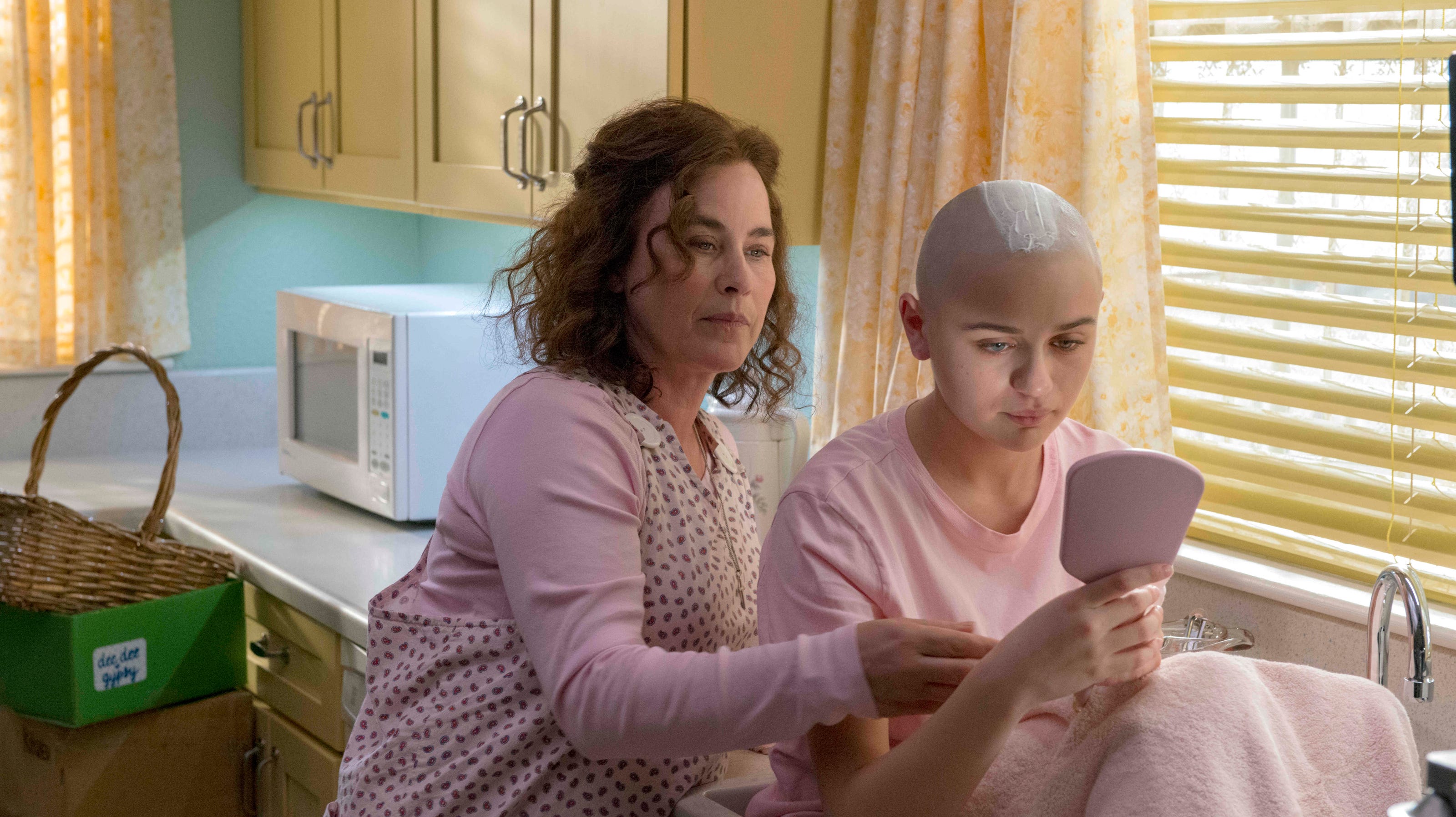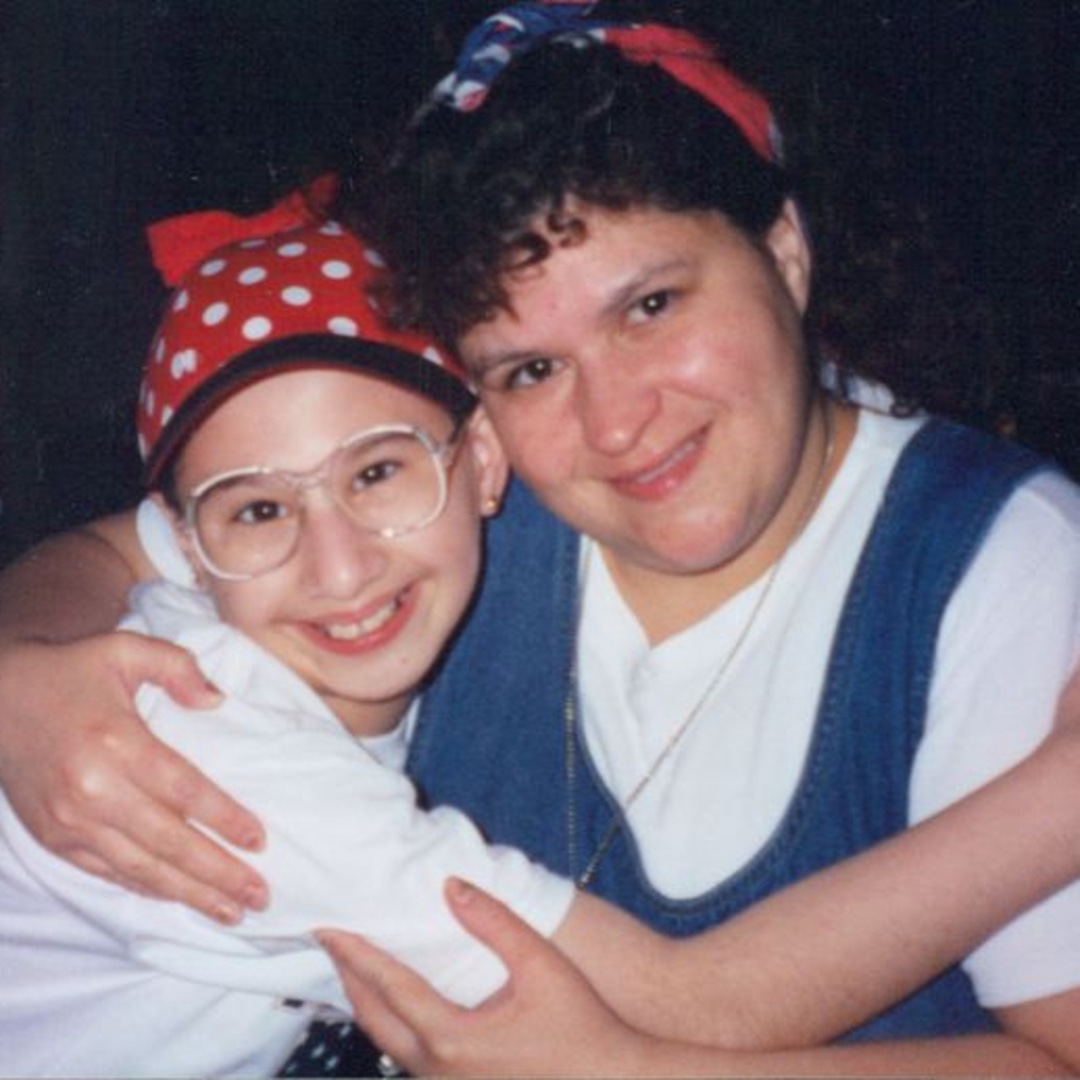Crime has always been an intriguing subject, especially when it intersects with various cultures and social narratives. The term "gypsy," often associated with a nomadic lifestyle and rich folklore, has also been connected to numerous crime stories and sensational headlines. The juxtaposition of gypsy culture and crime photos evokes curiosity and raises questions about the societal perceptions of such communities. In recent years, crime photos gypsy have surfaced in media reports, documentaries, and even social platforms, sparking debates about representation, stereotypes, and the very nature of crime itself. As we delve deeper, we aim to uncover the layers behind these images, exploring both the stories they tell and the misconceptions they perpetuate.
Understanding the significance of crime photos gypsy involves examining the narratives that surround them. These photographs often depict individuals from Romani communities entangled in legal troubles, leading to a broader discussion about systemic issues such as poverty, discrimination, and the criminal justice system's biases. By analyzing these images, we can better comprehend the impact of societal views on marginalized groups and how these perceptions can shape the lives of those within them.
As we journey through this complex topic, we will explore the implications of crime photos gypsy, highlighting not only the individuals captured in these moments but also the cultural context that influences these narratives. It is essential to approach this subject with sensitivity and a critical lens, recognizing that behind every photo lies a human story often overlooked in sensationalized portrayals.
- Luke Bryan And Trump A Country Stars Take On Politics
- Melaneeacute Raney The Rising Star Of The Digital Age
What is the Background of Gypsy Culture?
The term "gypsy," often used to describe the Romani people, has a rich and complex history. Originating from northern India, Romani groups migrated to Europe over several centuries, developing distinct languages, traditions, and social structures. Unfortunately, their nomadic lifestyle has frequently subjected them to prejudice and discrimination.
How Do Crime Photos Gypsy Reflect Cultural Stereotypes?
Crime photos gypsy can perpetuate harmful stereotypes, reinforcing the idea that all individuals from Romani backgrounds are involved in criminal activities. This narrative oversimplifies the diverse experiences of the Romani people and ignores the systemic barriers they face. By focusing on individual incidents captured in these photos, we risk overlooking the broader societal issues that contribute to these situations.
Are Crime Photos Gypsy Exploited in Media?
Media representations of crime photos gypsy often sensationalize the narrative, leading to exploitation rather than understanding. The stark imagery can evoke strong emotional reactions, but it frequently lacks context, failing to convey the complexities of the individuals portrayed. This exploitation can further marginalize already vulnerable communities and hinder efforts for social justice.
- Jacqui Passmore The Ultimate Guide To Her Journey Impact And Achievements
- Ginawap Your Ultimate Guide To Downloading Movies Tv Shows And More
What Are the Legal Implications of Crime Photos Gypsy?
The legal implications surrounding crime photos gypsy can be profound. In many cases, individuals captured in these images may face public scrutiny, affecting their right to privacy and fair treatment under the law. The use of such photos in court cases or media reports can influence public opinion and bias juries, highlighting the need for ethical considerations in the portrayal of marginalized groups.
Can Crime Photos Gypsy Be a Tool for Awareness?
While crime photos gypsy can perpetuate negative stereotypes, they can also serve as a tool for raising awareness about the challenges faced by the Romani community. By contextualizing these images within narratives of resilience, social justice, and advocacy, we can shift the conversation from one of blame to one of understanding and support.
What Role Does Education Play in Changing Perceptions?
Education is key in changing perceptions surrounding crime photos gypsy and the broader narrative of the Romani community. By incorporating Romani history, culture, and contemporary issues into educational curricula, we can foster empathy and understanding, dismantling stereotypes and promoting social cohesion.
What Can Society Do to Support the Romani Community?
Supporting the Romani community requires a multifaceted approach that addresses systemic discrimination and promotes social inclusion. Initiatives may include:
- Advocating for policy changes that protect the rights of the Romani people.
- Supporting educational programs that promote cultural understanding.
- Engaging with Romani leaders and organizations to amplify their voices and concerns.
- Challenging stereotypes in media representations of the Romani community.
Who Are Notable Figures in the Romani Community?
Throughout history, several figures from the Romani community have emerged as prominent voices advocating for rights and recognition. Among them is:
| Name | Birth Date | Contribution |
|---|---|---|
| Gypsy Rose Blanchard | August 27, 1991 | Public figure known for her story involving abuse and legal battles. |
What is the Future of Crime Photos Gypsy?
The future of crime photos gypsy hinges on how society chooses to engage with them. As awareness grows about the complexities of the Romani community and the impact of crime narratives, there is potential for change. By prioritizing ethical representation and fostering understanding, we can work towards a future where crime photos gypsy do not define an entire culture but rather highlight the need for justice and equity.
In conclusion, the intersection of crime and gypsy culture is a multifaceted issue that requires deep exploration and understanding. Crime photos gypsy serve as a lens through which we can examine societal biases, legal implications, and the importance of advocacy. By fostering education, empathy, and support for the Romani community, we can move towards a more inclusive narrative that respects the dignity of all individuals.
- Bhad Bhabie Titties The Rise The Truth And The Controversy
- Aishah Hasnie Bikini The Ultimate Guide To Her Journey Style And Impact


